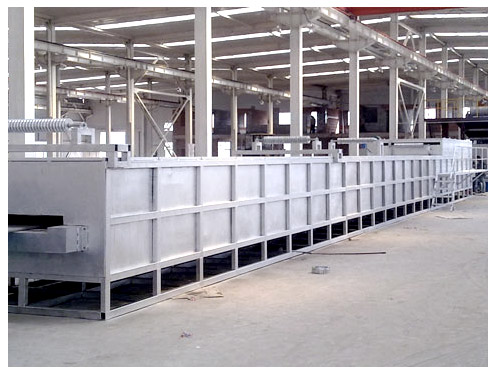Geometry Considerations:
The geometry of the settling part in a
Mixer Settler Extractor plays a crucial role in phase separation efficiency. Considerations for optimizing geometry include:
Vessel Shape: The choice of vessel shape significantly influences settling dynamics. Conical or tapered shapes promote natural sedimentation due to the reduced cross-sectional area, facilitating efficient separation. The design should balance geometric complexity with practical considerations for fabrication and maintenance.
Weir Design: The design of the weir, which controls the overflow of the lighter phase, is critical. Adjusting the weir height and length helps optimize the residence time of each phase, promoting better separation. A well-designed weir prevents the unwanted carryover of one phase into the other.
Baffle Placement: Introducing baffles strategically within the settling section disrupts turbulent flow patterns, aiding in the coalescence of droplets and promoting gravitational settling. The placement and dimensions of baffles should be tailored to the specific characteristics of the liquid phases involved.
Liquid Phase Properties:
Considerations for liquid phase properties guide design changes to enhance separation efficiency:
Density Difference: Understanding the density difference between the two liquid phases is crucial. For phases with a significant density contrast, a steeper conical shape may be effective. In contrast, closer densities may require a more intricate design, such as additional baffles or coalescence aids.
Viscosity Variations: Viscosity disparities impact the settling rate. The settling section design should account for viscosity variations, potentially incorporating features like an adjustable cone angle to accommodate changes in flow behavior. This ensures efficient settling across a range of viscosities.
Residence Time Optimization:
Optimizing the residence time within the settling section is essential for efficient phase separation:
Adjustable Settling Length: Depending on the liquid-liquid extraction process, having an adjustable settling length allows operators to optimize residence time. This feature is particularly useful when dealing with varying liquid compositions or flow rates, ensuring adequate time for complete separation.
Dynamic Weir Adjustments: Incorporating mechanisms for dynamic weir adjustments enables real-time control over the liquid levels. This adaptability ensures that the residence time is continuously optimized based on the changing conditions within the extractor.
Flow Control Mechanisms:
Effective flow control mechanisms contribute to improved phase separation efficiency:
Inlet and Outlet Design: Optimizing the design of the inlet and outlet points helps control the flow patterns within the settling section. Strategically positioned inlets and outlets can reduce turbulence and ensure a uniform distribution of the liquid phases, preventing channeling or short-circuiting.
Flow Distribution Plates: Installing flow distribution plates within the settling section helps distribute incoming liquid evenly. These plates mitigate uneven flow patterns, ensuring that both liquid phases are exposed to the full settling length, enhancing separation efficiency.
Temperature and Pressure Optimization:
Considering temperature and pressure as part of the settling section design contributes to enhanced separation:
Temperature Control Features: Designing the settling section with integrated temperature control features ensures that temperature-sensitive components are not compromised during the separation process. This may involve the incorporation of heating or cooling elements.
Pressure Management Systems: Adjusting the settling section's geometry to accommodate pressure variations is crucial. Pressure fluctuations can influence phase behavior, and the design should allow for effective pressure management to maintain optimal separation conditions.
Material Selection and Corrosion Resistance:
Ensuring compatibility with liquid phases through appropriate material selection and corrosion-resistant design is vital:
Corrosion-Resistant Materials: Selecting materials with high corrosion resistance is imperative to prevent degradation over time. Stainless steel or specialized alloys may be chosen based on the chemical properties of the liquid phases, ensuring long-term durability and minimizing maintenance requirements.
Smooth Surface Finishes: Smoothing the interior surfaces of the settling section reduces the likelihood of fouling or buildup, maintaining efficient phase separation over extended operational periods.
